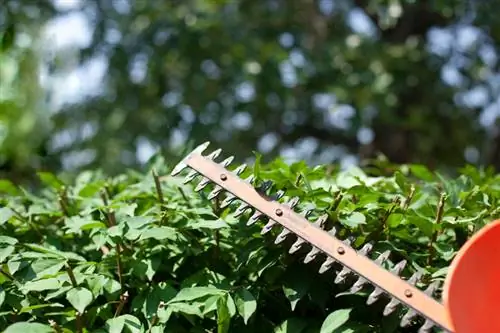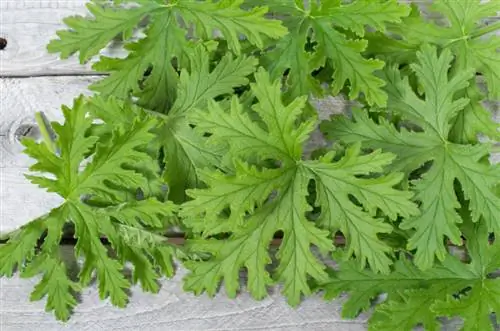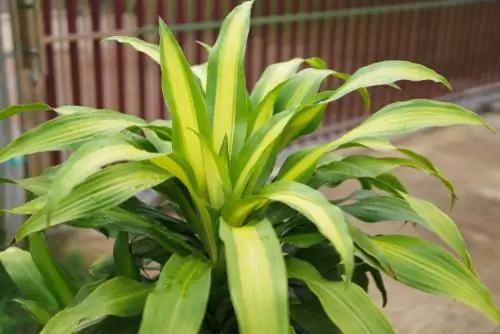- Author admin [email protected].
- Public 2023-12-16 16:46.
- Last modified 2025-01-23 11:21.
The shapely growth of a hanging willow depends on annual pruning care. Only a courageous pruning sets the course for the elegant, hanging habit with picturesque catkin flowers. Read these instructions on when and how to skilfully cut a hanging pussy willow 'Pendula'.

When and how should you cut a hanging willow?
To properly prune a hanging willow, you should act after flowering in late spring, cutting back all shoots to 2 to 4 buds or leaves. Wild shoots and dead shoots should be removed promptly to promote he althy growth.
Cutting the hanging willow after flowering
The cuddly pussy willows are her most beautiful decoration. For this reason, the time window for pruning a hanging willow opens in late spring, after the end of the flowering period.
An annual cut starts in the third or fourth year. A young hanging willow should have time and leisure to develop he althily and vitally. From the fourth year at the earliest, regular pruning care ensures that a shapely and flowery crown is maintained.
Cutting instructions explained step by step
A courageous pruning is the deciding factor for the decorative combination of arching branches and an abundance of flowers. Without regular pruning, numerous dead shoots accumulate in the crown of adult hanging willows within a few years. Layer by layer, new branches lay on top of each other and shade each other, so that the hanging willow becomes bare and senescent from the inside. With this cut, the hanging crown remains vital and flooded with light:
- Best tool: pruning shears (€25.00 at Amazon) with bypass mechanism or folding saw with Japanese teeth
- Cut all shoots back to 2 to 4 buds or leaves
- Tighten out dead shoots on Astring
Important for a correct cut is the correct distance to the nearest pair of leaves or buds. Position the scissors or saw so that you do not cut into an eye or leave a long hack. The vigorous pruning causes strong sprouting with a growth rate of up to 50 centimeters per year. Young, overhanging rods will therefore not be long in coming.
Cut off wild shoots promptly
The special appeal of a hanging willow lies in the refinement of a picturesque crown and a trunk as a vital base for game. However, the support is not always enough to support the growth of the hanging catkin crown. Rather, strong shoots sprout directly from the trunk.
With rapid growth, the cheeky wild shoots strive to overgrow the noble hanging crown in order to deny it access to the light. You can put a stop to this brazen activity by removing the branches as soon as possible. Alternatively, you can cut off a wild shoot just before the bark. Tear off specimens that sprout from the root disc with a strong tug.
Tip
The legendary harlequin willow (Salix integra 'Hakuro Nishiki') follows a different schedule when it comes to pruning than a hanging willow (Salix caprea 'Pendula'). The focus here is on the colorful leaves, which make the gardener reach for the scissors twice a year. A vigorous pruning in late winter paves the way for the picturesque shoots. A light pruning at the end of June freshens up the foliage again.






